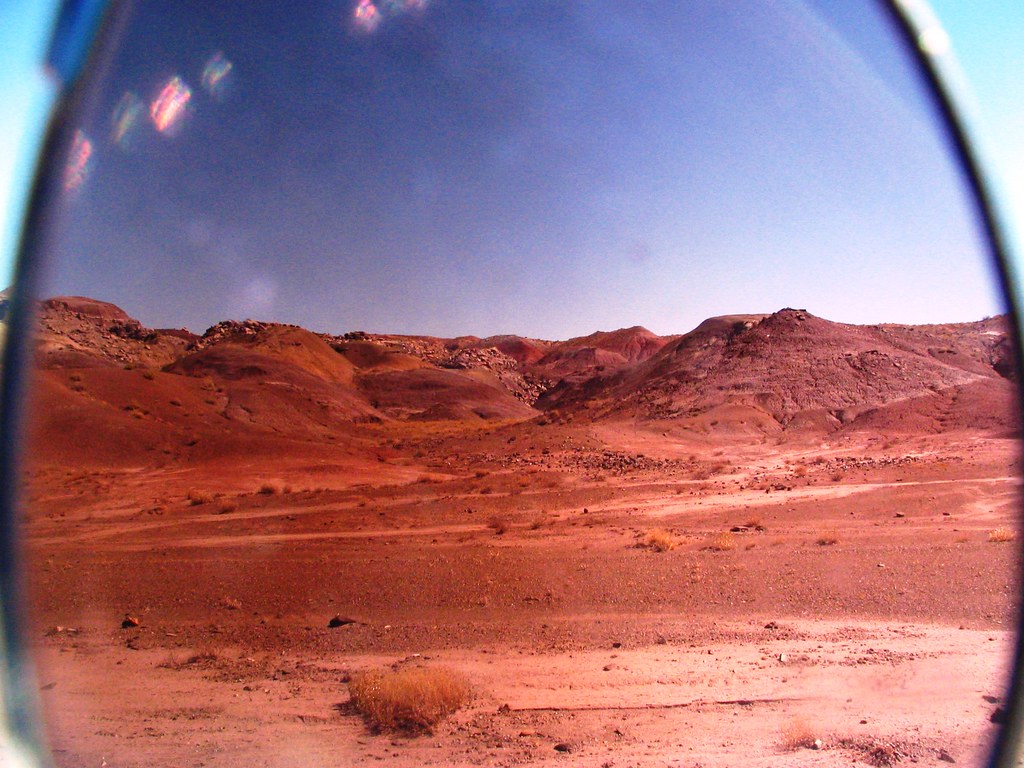
This riparian ecosystem no longer exists. During the past 60 years, the combined impacts of groundwater pumping, stream channelization, agriculture, livestock grazing, and, currently, urbanization have almost completely destroyed this area. Today, streamflow occurs only following heavy rains, and scattered remnants are all that remain of the once immense riparian forest.
Unfortunately, the devastation that befell the riparian ecosystem of lower Rincon Creek is not unique. Riparian ecosystems have disappeared at an alarming rate all across northern Mexico and the southwestern United States. Although the extent of the damage is still not well understood, most observers will agreee that the deterioration of riparian ecosystems in this part of the world has reached significant proportions."
Riparian Ecosystem Recovery in Arid Lands. Mark K. Briggs. 1996 University of Arizona Press.
This book is an introduction to restoration work in Arizona and New Mexico. The quote above, excerpted from the Preface, begins what could have been an authoritative account of the devastation of riparian ecosystems. Unfortunately the author proceeds to obfuscate his initially clarion message with euphemisms and understatements which could confuse anyone without field experience. For example, "improved grazing practices" almost invariably means 'get the cows outa there!' but you'd never know it from the text. While the true extent of riparian damage may be hard to describe in words, Briggs' buttoned-down rhetoric doesn't begin to do justice to the near-apocalyptic destruction common in the Southwest. The armchair reader would be hard-pressed to appreciate the scope and severity of the problem from this book.
That said, this book remains an impressive resource for the restoration professional, has an excellent bibliography, and marshals a considerable range of experience. Certainly not all of the language is obscure; the precise definitions develop a professional vocabulary. For example, the difference between rigorous terms like recovery, restoration, rehabiliation, and replacement vs. subjective terms like rewild, rebalance, regenerate, and revitalize will be important to improving communication in this field.
Also, while the text does feature a suite of case studies, it remains more theoretical than practical, advocating a philosophy of 'site-specific, whole watershed' analysis rather than listing specific techniques. (for specific evaluation techniques see "User's Guide for the Rapid Assessment of the Functional Condition of Stream-Riparian Ecosystems in the American Southwest." Stacey, Jones, Catlin, Duff, Stevens and Gourley. Wild Utah Project.
This is a conservative synopsis of where we find ourselves and perhaps implies something of the urgency of recovering what we have lost. For, as we transform this beautiful home into a wasteland, so too we transform the human heart. So little now remains of these shady glades and bubbling streams, the destruction is so complete and pervasive, that even the memory dries up and blows away, we forget that it was ever otherwise; general amnesia descends, fostering complacency and despair... The creek this author speaks about was one of many that once flowed into Tucson's perennial rivers. Tucson's rivers are dry and these ecosystems have evaporated and today it is a revolutionary act to demand that the rivers flow again. The work of restoration goes beyond ecosystems to involve the entire community. ...

No comments:
Post a Comment